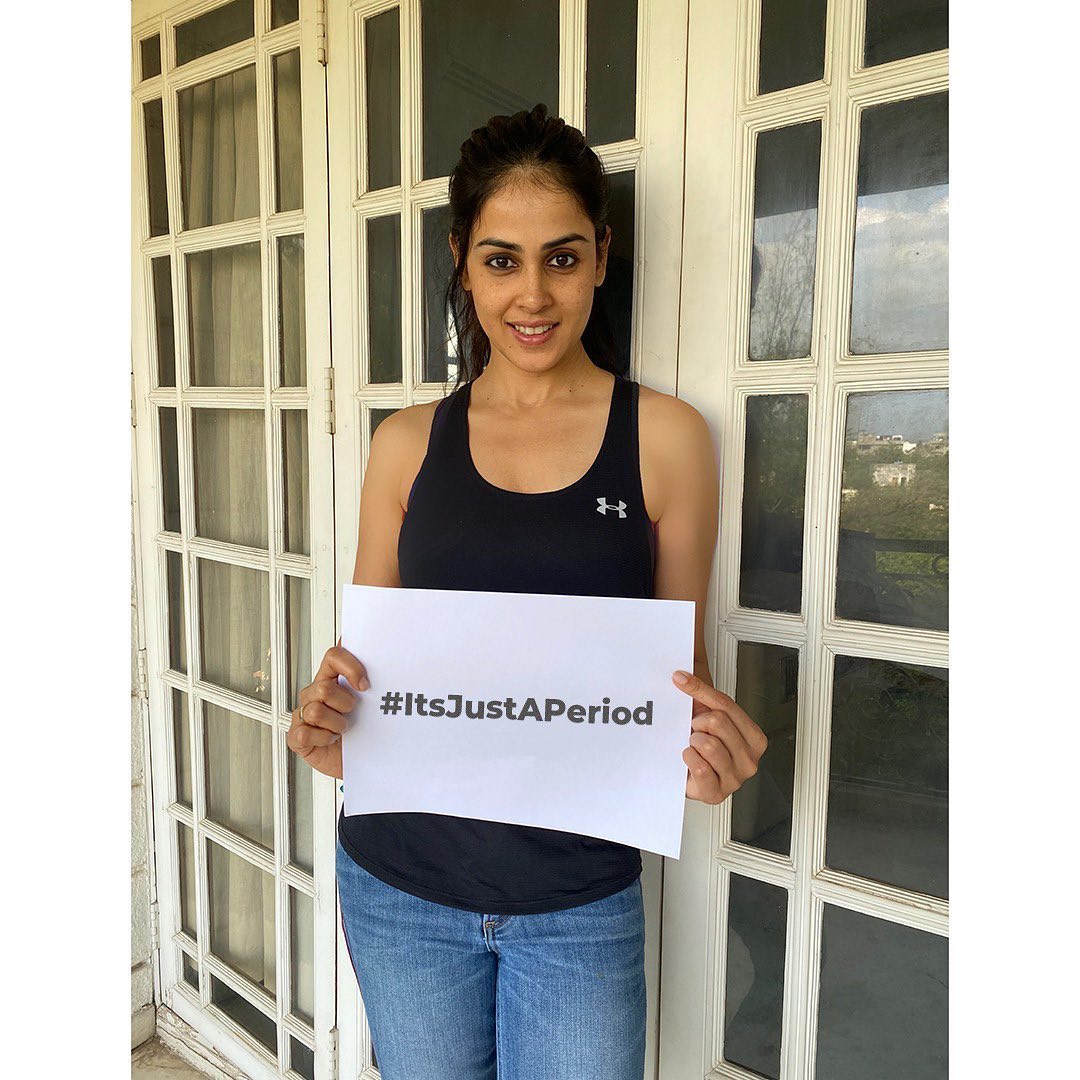Stories, you know, they really shape us. They are, in a way, the very fabric of how we connect with each other, how we share a piece of our lives. Think about it: every person holds a treasure chest of moments, big and small, happy and sad, public and very private. These are the tales we tell, the whispers we pass along, and the memories we hold dear. For many, especially within Somali communities, sharing these personal accounts is a deeply ingrained part of how people come together, how they pass on wisdom, and sometimes, how they just entertain each other. It's a way to feel less alone, too.
When we talk about "sheeko wasmo," we're looking at a particular kind of personal narrative. These are stories that often touch on very intimate or sensual experiences. My text, for instance, shows a wide range of these narratives. Some recall a childhood memory, like the first time seeing a parent in a new light. Others speak of coming of age in a rural setting and then moving to a bustling city, or perhaps a trip to a faraway land like Sweden or South Africa. There are also accounts of meeting new people, maybe at a hotel, and sharing unexpected moments.
These narratives, it seems, cover a lot of ground, from daily struggles like earning a living with a bajaj, to more personal encounters. They even include stories of family members, like an aunt and her nephew, or tales that stretch across continents, from Saudi Arabia to Rome. What's clear is that people have a desire to share these varied experiences, even the ones that are very private, and find a place for them to be heard. So, let's explore this interesting side of Somali storytelling a bit more.
Table of Contents
- What Are Sheeko Wasmo Stories?
- The Human Desire to Share
- Where These Narratives Find a Home
- The Cultural Context of Storytelling
- How Stories Build Community
- Respect and Responsibility in Sharing
- Frequently Asked Questions
What Are Sheeko Wasmo Stories?
The phrase "sheeko wasmo" generally points to personal narratives that contain sensual or intimate details. These are, in essence, stories about very personal experiences, often those that might be considered private. My text provides glimpses into the kinds of tales people share. For example, one story mentions a "true story" from a rural youth who was a camel herder, who then moved to the city. Another talks about a cold, rainy morning and the everyday task of making a living. These snippets, you know, show that even within this category, the content can be quite diverse, reflecting various aspects of life.
Some narratives, as seen in the provided text, describe very specific, adult-oriented encounters. There's talk of a "threesome" or a story about an "aunt and a nephew." It's pretty clear that these are not just casual anecdotes but rather detailed accounts of personal intimacy. The way these stories are introduced, sometimes with phrases like "This story is very sweet/good," suggests they are meant to be engaging and perhaps even captivating for the listener or reader. So, they are, in a way, a form of adult entertainment through narrative.
What makes them stand out is their focus on the personal and often the very private side of human experience. They are, apparently, often shared as "real" accounts, giving them a sense of authenticity for the audience. This can make them feel very relatable, or at least very compelling, for those who seek them out. It's a bit like a window into someone else's life, especially those moments not usually discussed openly, too.
The Human Desire to Share
Humans, by their very nature, are storytellers. We crave connection, and sharing our experiences is a fundamental way we achieve that. Whether it's a tale from childhood, like the one about seeing a parent in a new light, or an account of navigating life in a foreign country, like living as a bachelor in South Africa, these narratives help us make sense of our world. They allow us to process our own feelings and perhaps even find common ground with others. It's a very human thing, to tell a story.
Even the most intimate or sensual stories come from this basic human need. People might share them for a variety of reasons. Sometimes, it's just for entertainment, to provide a thrill or a laugh. Other times, it could be a way to process personal events, to reflect on what happened, or to simply express something that feels important. My text, for instance, shows that these narratives can be quite detailed, which suggests a desire to truly recount the experience.
The act of sharing can also be a way to build trust and closeness within a group. When someone shares something very personal, it can create a bond with the listener. It's a bit like saying, "I trust you enough with this part of me." This kind of sharing, whether it's about everyday life or something more private, strengthens the threads that hold a community together. So, it's pretty much about human connection, you know.
Where These Narratives Find a Home
In today's world, personal stories, including "sheeko wasmo," find homes in various places. Historically, many stories were passed down orally, told around a fire or within family gatherings. That tradition still exists, but now, the internet offers new avenues. My text mentions platforms like Telegram, where a group of subscribers shares these kinds of stories. This shows a clear shift towards digital spaces for sharing intimate narratives.
Social media platforms, like Instagram, are also mentioned as places where full stories can be requested or found. This suggests a growing trend where individuals or groups create dedicated spaces for these narratives. It's a bit like a modern-day campfire, but on a global scale. These platforms make it easy for people to connect and share content, which is that, a big part of how these stories spread.
The availability of such platforms means that these narratives can reach a wider audience than ever before. From a story about a journey between Saudi Arabia and Rome to a personal account of living in South Africa, geographical boundaries become less important. This allows for a rich exchange of experiences, even those that are very personal, among people who might otherwise never meet. So, the internet, in a way, has really opened up new possibilities for storytelling.
The Cultural Context of Storytelling
Storytelling is a cornerstone of Somali culture. It's how history is preserved, how values are taught, and how entertainment is provided. From epic poems to everyday anecdotes, narratives play a central role in daily life. "Sheeko wasmo" fits into this broader tradition, albeit focusing on a very specific type of personal experience. It's just another thread in the rich tapestry of Somali oral and written traditions.
The way these stories are presented, often as "true" accounts, gives them a certain weight within the community. Whether it's a coming-of-age story from a rural setting or an account of navigating life in a new city, the emphasis on authenticity can make them more compelling. This focus on real-life experiences, even the very private ones, reflects a cultural appreciation for narratives that feel genuine and relatable.
Moreover, the act of sharing itself can be seen as a form of cultural expression. It's not just about the content of the story but also about the performance, the way it's told, and the connection it creates between the storyteller and the audience. So, even with intimate narratives, the underlying cultural practice of sharing remains strong. It's pretty much a way of life, you know.
How Stories Build Community
Shared stories, particularly those that are personal, can create strong bonds within a community. When individuals recount their experiences, they offer a piece of themselves, inviting others to connect on a deeper level. This kind of sharing, whether it's about daily life struggles or more intimate moments, helps people feel understood and less isolated. It's a fundamental way we build a sense of belonging.
These narratives also provide a common ground for discussion and reflection. People can relate to the emotions, the challenges, or even the joys expressed in the stories. My text shows a range of experiences, from childhood memories to adult encounters, which suggests that these narratives touch on universal human themes. This shared understanding can strengthen social ties and foster empathy among listeners or readers.
Furthermore, the platforms where these stories are shared, like online groups or social media pages, become gathering places for like-minded individuals. These spaces allow people to connect over shared interests, including an interest in specific types of personal narratives. This creates a virtual community where individuals can interact, comment, and contribute their own stories, which is that, a very powerful way to connect. You can learn more about community building on our site, and find ways to share your own experiences on our storytelling page.
Respect and Responsibility in Sharing
While sharing personal stories can be a powerful way to connect, it also comes with important responsibilities. When narratives touch on intimate or sensitive topics, respect for privacy and consent becomes crucial. It's important to consider the impact of sharing such stories, both on the storyteller and on anyone else mentioned in the narrative. This is, in a way, about protecting everyone involved.
For those who create or share these narratives, thinking about the ethical side of things is a good idea. Are the people in the story comfortable with it being shared? Is it being presented in a way that respects everyone's dignity? These are important questions to ask. It's about being mindful of the human element behind every story, you know.
Ultimately, the goal of sharing personal experiences should be to foster connection and understanding, not to cause harm or disrespect. By approaching these narratives with care and thoughtfulness, we can ensure that storytelling remains a positive and enriching part of our human experience. This is, pretty much, about being a good neighbor in the world of shared stories.
Frequently Asked Questions
What does "sheeko wasmo" mean?
"Sheeko wasmo" refers to personal narratives or stories that often include intimate or sensual details. It's a term used to describe a specific kind of personal account shared within Somali-speaking communities.
Where can one find "sheeko wasmo" stories?
These stories can be found in various places, both traditionally through oral sharing and more recently on digital platforms. My text indicates they are shared on online groups, like those on Telegram, and sometimes through social media pages such as Instagram.
Why do people share personal stories, including intimate ones?
People share personal stories for many reasons. It can be for entertainment, to process their own experiences, to connect with others, or to build a sense of community. Sharing intimate narratives, in particular, can be a way to express very private aspects of life and find common ground with those who listen or read.
Related Resources:
Detail Author:
- Name : Karson Dibbert
- Username : boyer.talia
- Email : oschuppe@lemke.com
- Birthdate : 1981-12-12
- Address : 3967 Hayes Brook Apt. 373 Milfordborough, CO 77987
- Phone : +1-820-860-9862
- Company : White-Kuhlman
- Job : Forest and Conservation Worker
- Bio : Qui perferendis repudiandae quo. Reiciendis aliquam velit ratione. Qui facilis debitis tempora sint iure. Et nihil labore nesciunt voluptas dolore aliquam quo. Quos quia molestiae quia consequuntur.
Socials
instagram:
- url : https://instagram.com/jhettinger
- username : jhettinger
- bio : Dignissimos ratione alias velit asperiores. Eaque et odio officiis tempora aut dolor.
- followers : 3352
- following : 1555
facebook:
- url : https://facebook.com/hettinger2006
- username : hettinger2006
- bio : Hic iste quam similique natus veritatis.
- followers : 263
- following : 1985
tiktok:
- url : https://tiktok.com/@jacinthe.hettinger
- username : jacinthe.hettinger
- bio : Amet iste rerum nostrum enim itaque. Saepe dolorem autem possimus fugit.
- followers : 1492
- following : 1754


